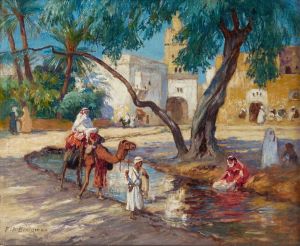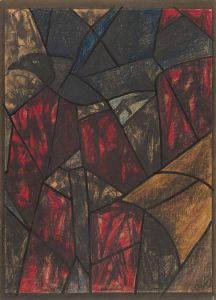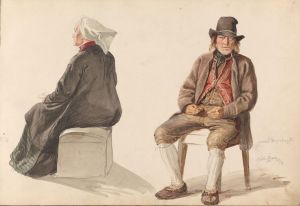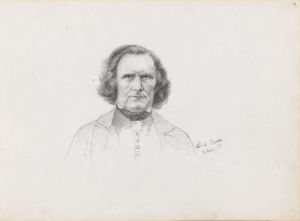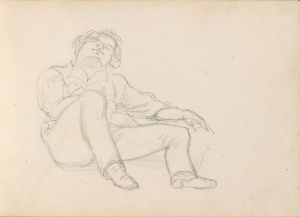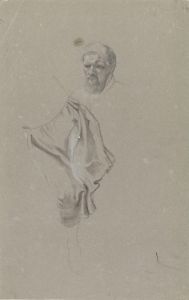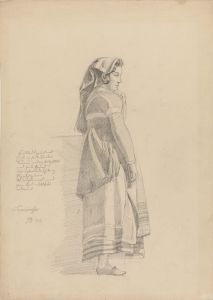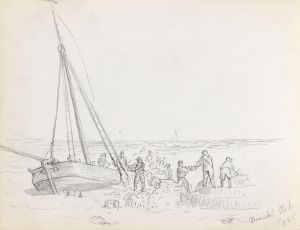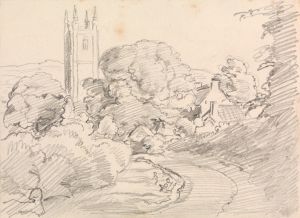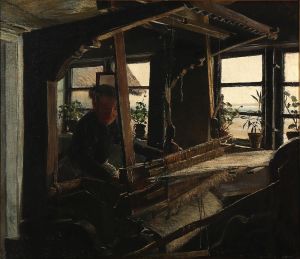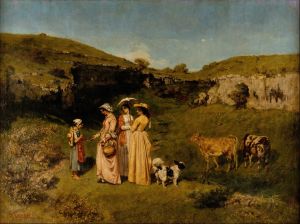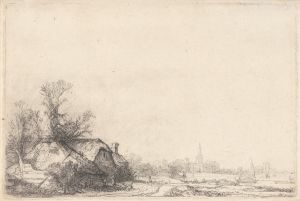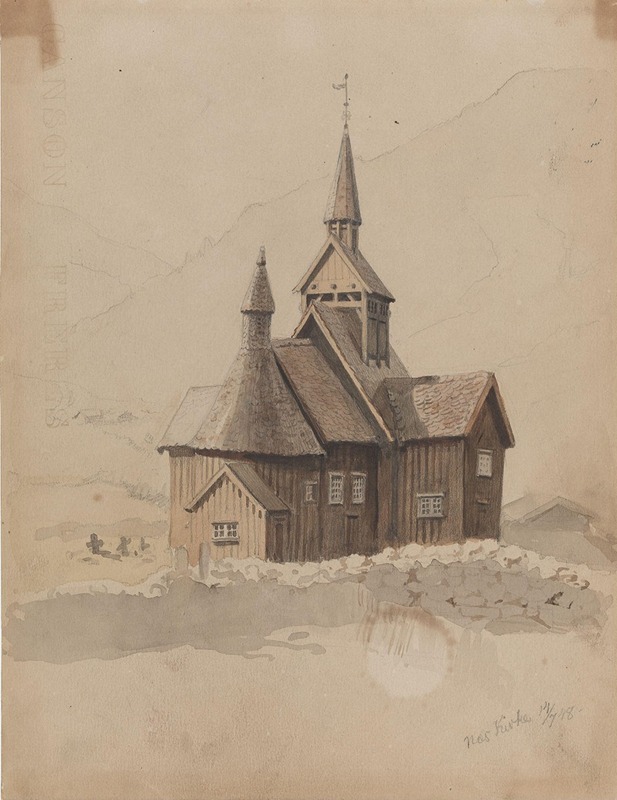
Nes kirke
A hand-painted replica of Adolph Tidemand’s masterpiece Nes kirke, meticulously crafted by professional artists to capture the true essence of the original. Each piece is created with museum-quality canvas and rare mineral pigments, carefully painted by experienced artists with delicate brushstrokes and rich, layered colors to perfectly recreate the texture of the original artwork. Unlike machine-printed reproductions, this hand-painted version brings the painting to life, infused with the artist’s emotions and skill in every stroke. Whether for personal collection or home decoration, it instantly elevates the artistic atmosphere of any space.
Adolph Tidemand's painting "Nes kirke" (translated as "Nes Church") is a notable work by the Norwegian artist, who is widely recognized for his contributions to 19th-century Romanticism and his focus on Norwegian cultural and historical themes. Tidemand, born in 1814 in Mandal, Norway, is best known for his depictions of rural life, traditional customs, and religious practices in Norway, which were central to the national romantic movement of the time.
The painting "Nes kirke" portrays the interior of Nes Church, a medieval stone church located in the municipality of Lillesand in southern Norway. Nes Church, built in the 12th century, is one of the oldest churches in the region and has served as a significant religious and cultural landmark for centuries. Tidemand's work captures the atmosphere of the church's interior, emphasizing its historical and spiritual significance.
In this painting, Tidemand focuses on the interplay of light and shadow within the church, highlighting the architectural details and the solemnity of the space. The artwork reflects his interest in documenting Norwegian heritage and his ability to convey a sense of reverence and introspection. The figures depicted in the painting, often engaged in prayer or quiet reflection, underscore the role of faith and tradition in Norwegian society during the 19th century.
Adolph Tidemand's works, including "Nes kirke," were instrumental in shaping the perception of Norwegian identity during a period of growing national consciousness. His paintings often combined meticulous attention to detail with a Romantic idealization of rural and historical themes. "Nes kirke" is an example of his ability to merge artistic skill with cultural documentation, making it a valuable piece of Norway's artistic heritage.
The painting is part of Tidemand's broader body of work, which includes collaborations with Hans Gude, another prominent Norwegian artist. While "Nes kirke" is not as widely known as some of Tidemand's other works, such as "Haugianerne" ("The Haugeans") or "Brudeferden i Hardanger" ("The Bridal Procession in Hardanger"), it remains an important example of his dedication to preserving and celebrating Norwegian culture through art.
Today, Adolph Tidemand is regarded as one of Norway's most significant painters, and his works continue to be studied and appreciated for their historical and artistic value. "Nes kirke" stands as a testament to his skill in capturing the essence of Norwegian life and heritage during the 19th century.





